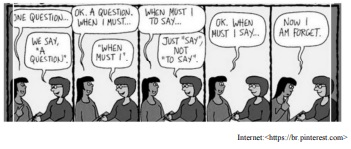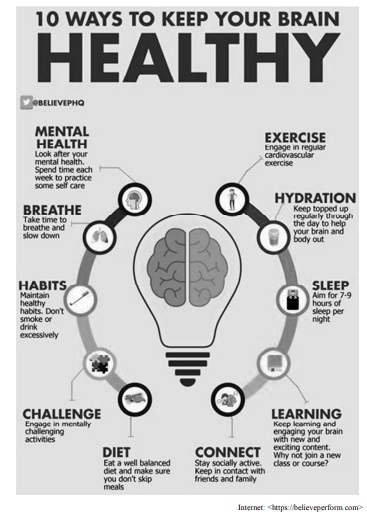Text 4A1-II
You know a nun when you see one. The uniform, known
as a habit, is a dead giveaway. But the outfit you’re picturing in
your head might look very different from the one worn by the
sisters at your local convent. And yet, each ensemble’s meaning
is immediately clear. That’s because nuns abide by a sartorial
system that is at once endlessly adaptable and instantly
recognizable.
That’s an impressive feat for any visual system. In the
case of nuns’ habits, that system relies on a standardized
combination of symbolic elements. “It’s really a kit of parts”,
says Lucienne Roberts, cofounder of a British publishing house
devoted to design’s more esoteric subjects. For their latest book,
Looking Good: A Visual Guide to the Nun’s Habit, Roberts
worked with her team to dissect the dress of nuns from some
40 Catholic orders. The result is a fascinating work of reference
on a subject to which you've almost certainly never paid much
mind.
The book begins by cataloguing the various components
that typically comprise a nun's habit. These may include things
like veils, rosaries, tunics, medals, coifs (the cap worn under the
veil), and sandals. It's a collection from which each religious
order draws some, but not all, of its impeccable elements. This
section provides the reader with a visual framework which relies
on simple cues to distinguish between religious families.
For instance, many orders of nuns wear some form of
girdle, be it a belt, a cord, or a cincture. Each type and subtype of
garment carries specific connotations. Franciscan nuns, for
instance, favor a cord over a leather belt, to reflect their order's
devotion to poverty. Its four knots, plainly visible in the book as
an illustration of the Franciscan garb, represent the order's vows
of chastity, poverty, obedience, and enclosure.
These are the kinds of minutiae encoded in the book's
pages, which the authors color code to differentiate between the
various orders. Even the nuns' orientation on the page is
significant; some face towards the reader, while others face
away. This is to distinguish between sisterhoods that are active in
their communities from ones that live cloistered lives,
respectively. The book itself, like the habits it analyzes, is a form
of information design.
Internet: <www.wired.com>(adapted).

